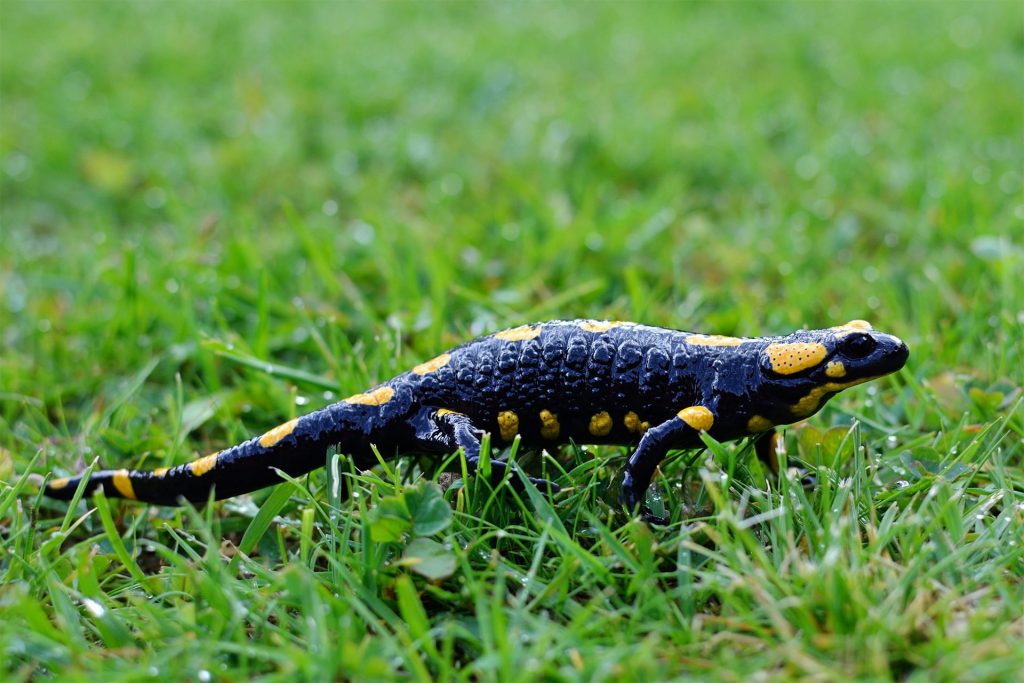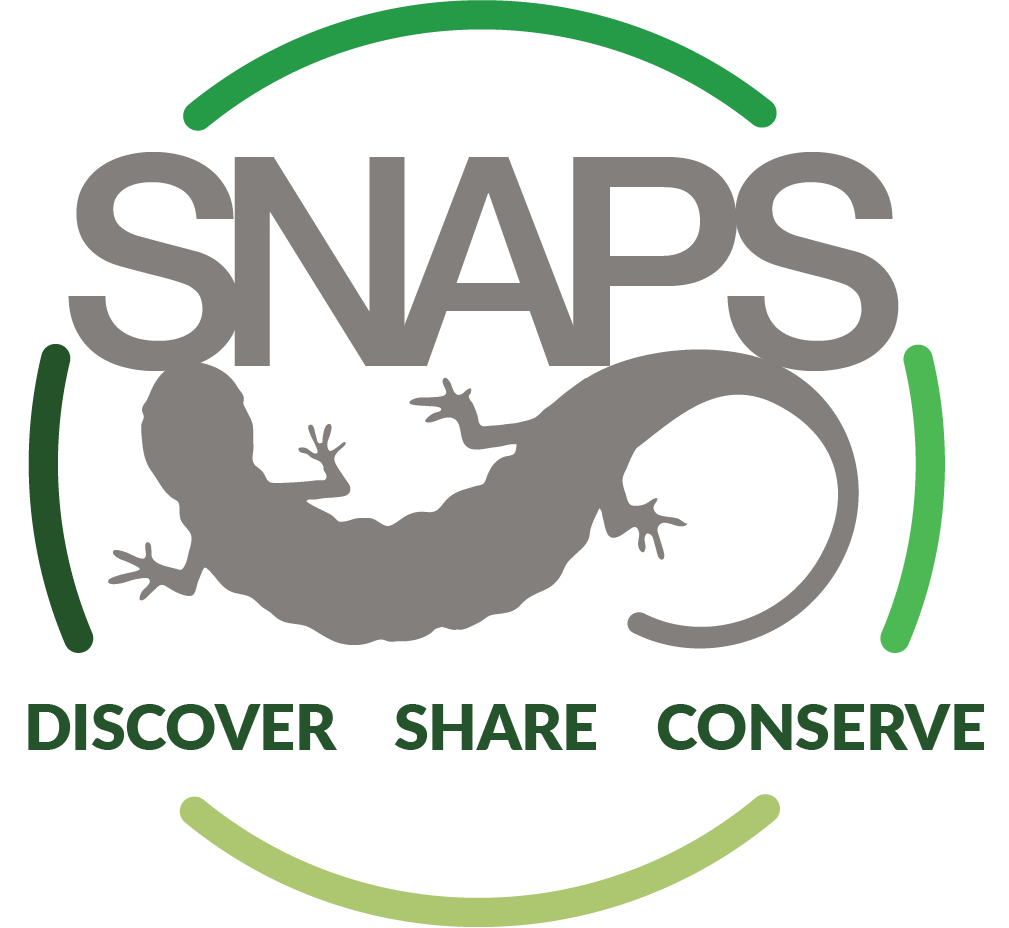THE PROBLEM
The emerging pathogen Batrachochytrium salamandrivorans (Bsal) is threatening salamanders in Europe and North America. This deadly fungus is yet to be detected in North America but its introduction is likely, making the early detection of Bsal essential for mitigating its negative impact. Unfortunately, early detection is inherently challenging, requiring broad spatiotemporal surveillance that can be expensive, time-consuming and logistically challenging.

THE SOLUTION
SNAPS is an innovative solution that addresses the challenges of traditional surveillance while providing a unique educational experience to undergraduate students. SNAPS leverages student-power to conduct ongoing and cost-effective Bsal surveillance by incorporating surveillance into undergraduate curricula. With our lesson plans, students learn about Bsal through multiple academic lenses and then actively contribute by sampling for Bsal among local amphibians. Students learn best when they are actively engaged in a real-world issue that challenges them to apply their course content. We are leveraging this timely conservation crisis for student learning, while simultaneously leveraging students’ passion, time, and energy for Bsal surveillance. With the participation of educational institutions across a wide geographic and taxonomic range, we are developing an ongoing and student-powered effort for the early detection of Bsal in North America.

